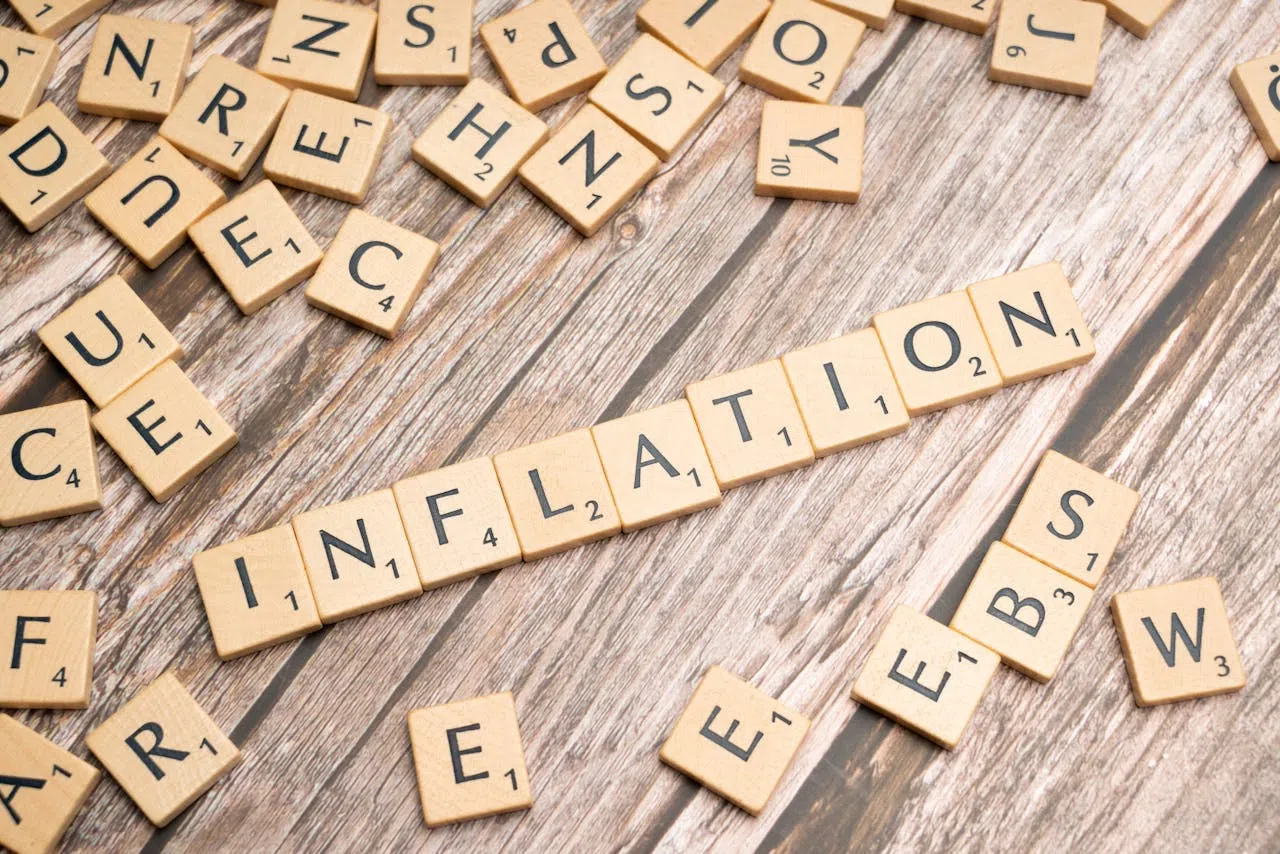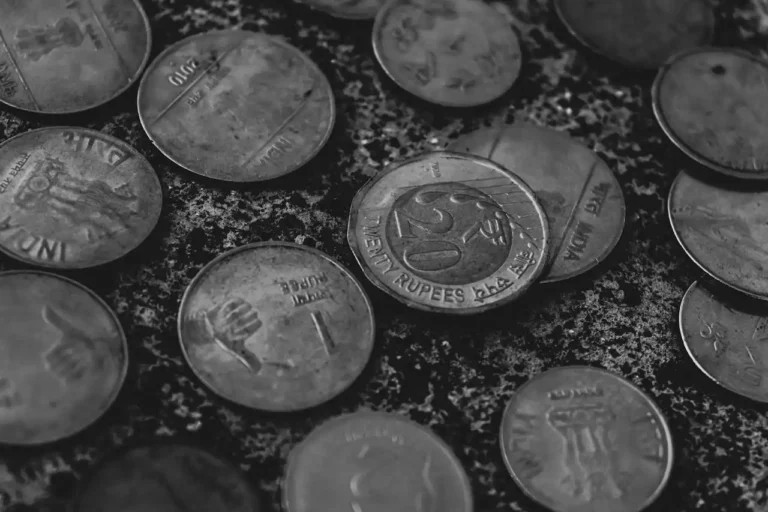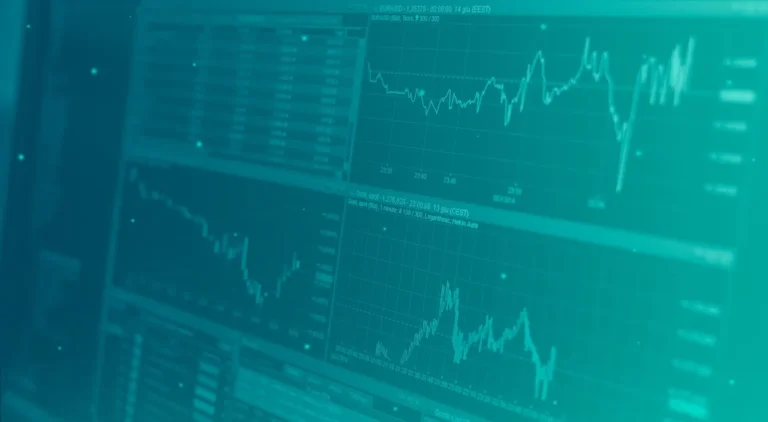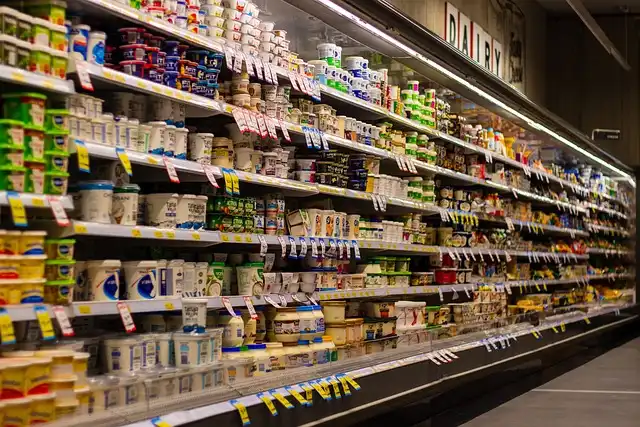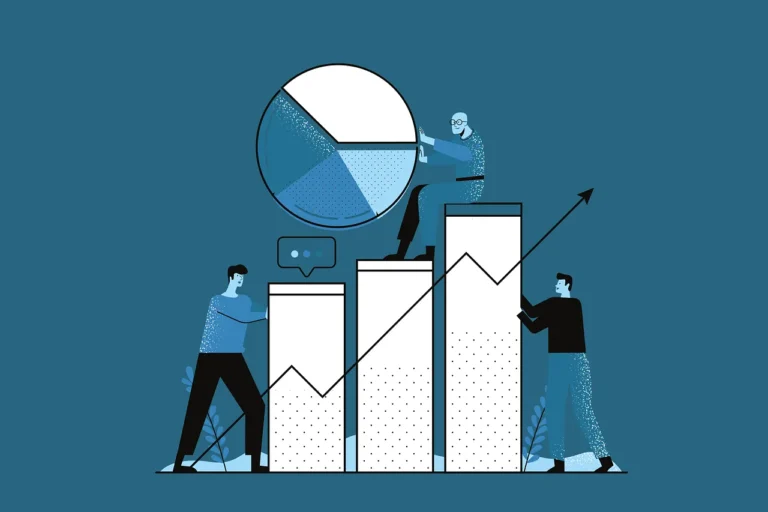Tracking Inflation: Learn to read key indicators like the Consumer Price Index (CPI).
Inflation is a fact of life for every economy, from buying a loaf of bread every week, to living with a home loan. In order to deduce the behaviour of inflation on individual finances, one should know the elements used to track inflation, for example, the Consumer Price Index (CPI). CPI is one of the most widely used inflation indices, which not only allows price movements to be assessed but also the impact of those price movements on consumption. Learning from CPI subjects is able to foster a savvier way of handling money and to develop more effective plans.
What is the Consumer Price Index (CPI)?
Consumer Price Index (CPI) is a scalar value as a weighted average of the prices of a set of consumer goods and services (such as food, transport, health, textile, and so on). CPI records the change of prices of these goods and services as a function of time and whether prices have risen or fallen. Relative inflation of an economy is frequently employed as an indicator of it.
The compilation and dissemination of CPI in India falls under the purview of the Ministry of Statistics and Programme Implementation (MoSPI). CPI is usually released on a monthly basis; CPI offers a continuous view of price changes in consumer economy.
How is CPI Calculated?
A static basket of goods and services, representative of the consumption pattern of the “average” consumer, serves as the input for computation of CPI. Furthermore, the set basket price is also compared over time. The CPI formula looks like this:
CPI = (Cost of Basket in Current Year/Cost of Basket in Base Year) x 100
- Base Year: The base year is the standard with which price changes in the future are compared. Base year is seasonally adjusted in India with a capacity of reflecting consumption behaviours.
- Cost of Basket: That is, this is the retail price of a bundle of goods/services at a specific time.
For example, a 150-point increase of consumer price index (CPI) within a year, will correspond with a 50% increase of the price relative to the year of the coefficient.
Types of CPI in India
However, in India, still other CPIs are employed for expressing price differentials among different strata of buyers:
- CPI for Industrial Workers (CPI-IW): In spatial geographic, Charts the trend in increases in manufacturing worker wages, and it is widely applied in wage bargaining and labour contracts, etc.
- CPI Combined: Banks for the urban CPI (CPI Rural), therefore ensuring a consistent counter to overall population inflation.
CPI Combined is the most prevalent index for tracking consumer price inflation, which has a strong role for policymakers and academics.
Why is CPI Important?
Cost of living changes deserve also other special attention of people and policy makers, and consequently, for the CPI. Here’s why it matters:
- Inflation Measurement: CPI is the index most frequently used to reflect the growth of prices throughout the economy. Higher CPI is a signal of average price increase, i.e., inflation, and lower CPI is a signal of deflation.
- Interest Rate Decisions: But when central bank monetary policy is being formulated, e.g., Reserve Bank of India (RBI) there is an explicit emphasis on CPI data. If the inflation is greater than what it is willing to accept, the RBI may raise the interest rate as a way to stabilize the price level. However, if inflation rates are stable, then the interest rates can be further decreased with the final goal of stimulating consumption/investment.

- Adjusting Income and Pensions: CPI is also applied to wage indexation, pension indexation, etc., to maintain the growth of income receipts in line with inflation. For instance, income-tested government pension programmes and certain employee contracts may be indexed to the CPI and benefits may thus be indexed to reflect inflation.
How to Read CPI Data?
Any information about CPI data is useful for controlling financial management. Here’s how to interpret it:
- Headline CPI: This chart presents the time series of fluctuations in aggregate basket of goods and services prices. When the price level increases from 100 to 110 in one year, the price increase during the year is 10%.
- Core CPI: Core CPI do not cover food and energy which are supposed to be the sensitive (i.e., highly oscillated) and thus not a very reliable items. This gives a clearer picture of underlying inflation trends.
- Monthly vs. Annual Rate: CPI is shown at both monthly and annual frequency. Annual CPI and monthly CPI are defined as the ratio between price of the current month and that of the same month of last year, and between price of the current month and that of the previous month, respectively. Even though a monthly CPI may vary from month to month, the annual inflation rate, more specifically, shows a smoother representation of a trend on inflation.
How CPI Affects Your Daily Life
- Impact on Household Budgets: Because CPI is increasing, the cost price of the goods of daily life, specifically food, clothing, and transportation, is also increasing. Conversely, if CPI rises, it may pinch your daily expenditure, so that you can afford to continue the same living standard.
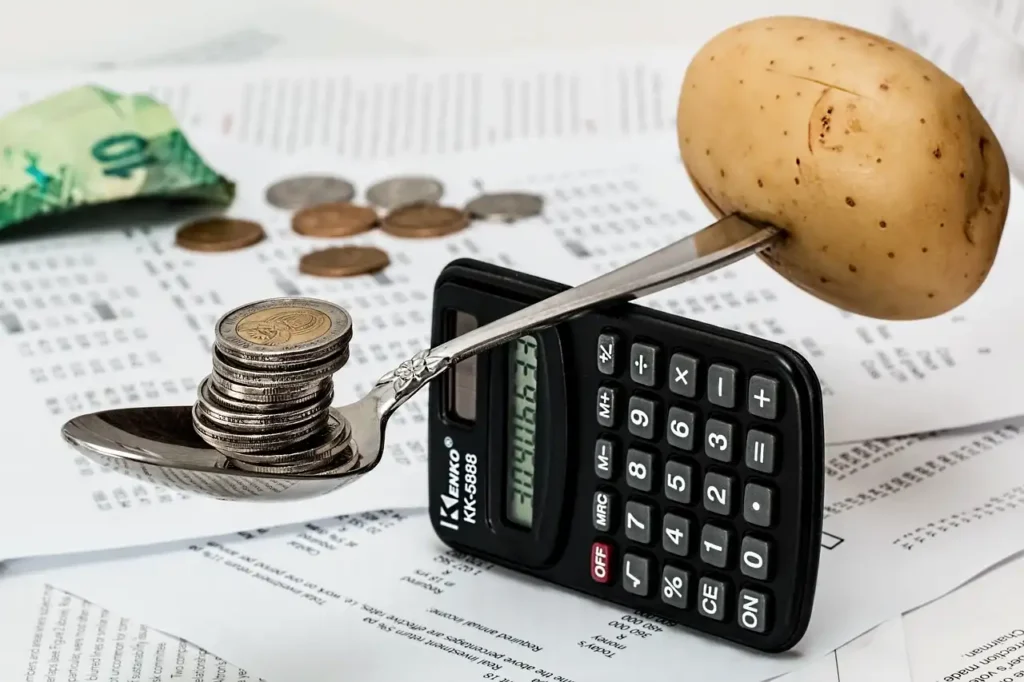
- Influence on Savings and Investments: CPI affects the real returns on savings and investments. E.g., if the annual interest rate on your fixed deposit is 6%, and the inflation (i.e., CPI inflation) rate is 5%, then your real return will be 1%. The capacity to learn CPI reveals to you which investments will grow faster than the inflation rate.
- Adjusting Loan Payments: Borrowing side interest rates (e.g., for a mortgage or payday loan) depend on the inflation rate. Development of CPI data will likely set in motion an end point, where the RBI will then borrow as many interest points, thus in turn accelerating EMIs (Equated Monthly Instalments) of loans. CPI tracking is also possible to implement to perform predictive calculation on such changes and to develop cost plans.
Real-Life Example: CPI in Action in India
2023 in India exhibited cycles of CPI driven by the effects of the change in the level of international oil prices, disruptions in the supply chain and the monsoon activities in agricultural production. For instance, when the quantity of agricultural products dropped, food prices rose, and this rise, in turn, resulted in an increase of both the CPI and inflation of more than 6% down the line. As a consequence, the RBI changed its monetary policy, by raising interest rate to tame inflation and restore equilibrium in the economy.
This case study presents an illustration of the impact of CPI change on, e.g., the price of food at local shops or the mortgage interest rate and your own mortgage. Following the trajectory of CPI and thus prices movements for incidental goods and services will enable consumers to consider the.
Tips for Managing Inflation Based on CPI Data
- Diversify Investments: List investment types (e.g., equity mutual funds, or real estate) which are capable of producing returns higher than the rate of inflation in the specific time frame.
- Adjust Your Budget: If data from CPI show to be increasing inflation it can sometimes become necessary to reconfigure the family budget in such a way as to push changes in spending patterns (out of frivolous needs) towards the needs that matter.
- Plan for Rate Changes: The CPI (Cost Price Indicator) suggests the aggravation of inflation and, as a result, interest rates are expected to go up. Background potential for increases in EMIs in the context of variable-rate loans.
Conclusion
Consumer Price Index (CPI) is a vital measure of inflation and consumer purchasing power. They are strategic, i.e., of greater and greater decisions to take relating to savings, investment and budgeting, in terms of CPI data. Having a good understanding of the dynamics of inflation, there are adjustments to be made in response to changing economy and wealth is preserved and increased for the future. It should also be pointed out that CPI is not in the interest of individuals who want to climb the financial ladder but in the interest of all those who want a stable financial future.

